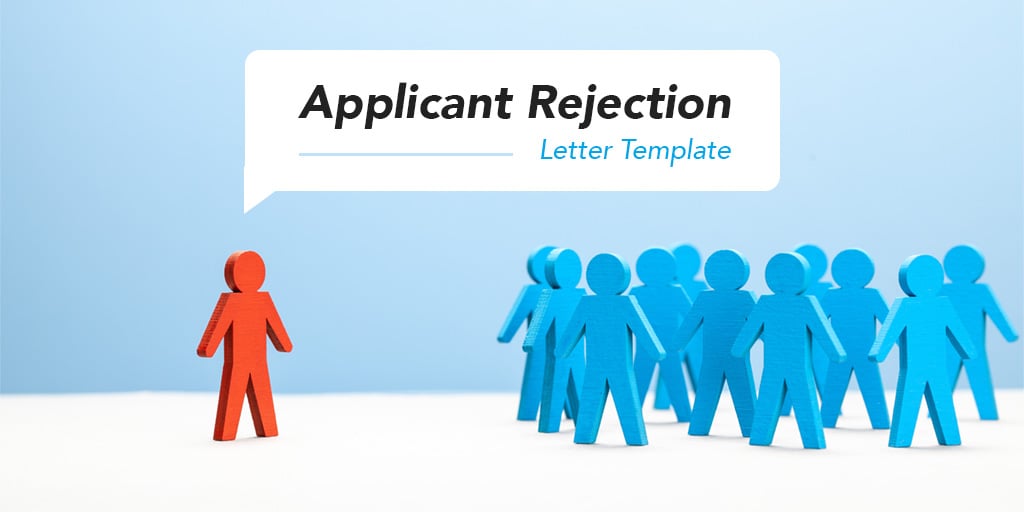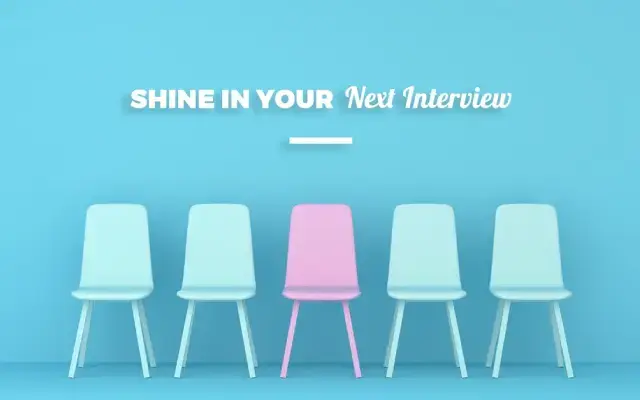If you’ve ever tried to catch a butterfly with your bare hands you know that you're dealing with something delicate yet elusive; just like managing a hiring funnel.
You see, every single flutter of wings - each candidate interaction and movement through the recruitment process – counts.
A slight misstep? A potentially great hire might flit away. And those missed opportunities can have big implications for your business growth.
In this post, we’ll explore how building brand awareness attracts potential candidates and how screening techniques weed out those who aren’t quite right. We'll also delve into interviewing strategies that help you pinpoint top talent from among dozens or even hundreds of applicants.
But don't worry! With these insights in hand, mastering the hiring funnel won’t feel as tricky as catching butterflies.
Understanding the Hiring Funnel
An overview of what a hiring funnel is, its stages, and how it serves as a framework for the recruitment process.
Defining the Hiring Funnel
A deeper look into what constitutes a hiring or recruitment funnel and its significance in talent acquisition.
The hiring funnel serves as a critical framework for your recruitment process. It's a series of stages, each narrowing down potential candidates to help you find the best fit for open positions.
A statistic from Small Business Trends shows that most companies take two to three months moving applicants from application stage to hire. This fact underscores the importance of having an efficient hiring funnel in place.
The journey starts with attracting talent through job boards and ends at offer acceptance. Each step—awareness, consideration, intent, evaluation—is essential in ensuring successful hires. And remember, no matter how well-crafted your job descriptions are or how attractive your brand seems if your recruiting process isn't smooth and streamlined you may lose valuable prospects along the way.
The Importance of Brand Awareness in the Hiring Process
When it comes to recruiting top-notch talent, your employer brand can be a deal-breaker. In fact, 75% of job seekers consider an employer's brand before applying for a role.
This means that establishing and maintaining a strong brand awareness is no longer optional; it’s crucial for successful recruitment marketing. Your organization needs to give potential candidates the right impression from the get-go.
Building Employer Branding
A solid employer brand isn't built overnight but with consistency and authenticity, you can attract quality candidates who align with your company culture and values. Remember that most applicants aren’t just looking at what you do but also how you do it - so make sure your actions reflect your words. Your website plays an instrumental role in shaping these impressions – more than half (53%) of candidates get information about their prospective employers there.
Attracting Potential Candidates
Finding potential candidates can feel like looking for a needle in a haystack. But with the right strategies, it doesn't have to be that hard.
Firstly, social media isn't just for sharing memes and cat videos anymore; it's also an effective tool for attracting potential candidates. Platforms such as LinkedIn or Facebook allow you to reach out directly to talent pools and can drastically reduce time to hire.
Job boards are another resource at your disposal. They're not only where most people apply for jobs but they also give your open position exposure to a wider audience.
Last but definitely not least is crafting compelling job descriptions. A well-written job description attracts qualified applicants by giving them clear expectations of what the role entails and how their skills fit into it. Remember: It’s about making the candidate see themselves in that role before they even apply.
Most job applications have a completion rate of only 10.6%. That means almost 90% don’t finish applying. Ensure your application process is straightforward and user-friendly.
Screening and Selecting Candidates
The task of screening the best candidates is an integral part of the hiring funnel. This step lets you filter out those who may not fit your open position's requirements, allowing for a more efficient recruitment process.
It all starts with reviewing applications to find qualified applicants. During this stage, you might look at resumes, cover letters, or even recorded video submissions from potential hires.
The Role of Background Checks
A crucial component in screening is conducting background checks. This practice provides further insight into each candidate’s history that isn't readily apparent in their application materials. Background checks help confirm information provided by candidates and uncover any possible red flags such as criminal records or falsified credentials. It's essential to observe that background checks must be done carefully, in agreement with laws protecting privacy and principles of equity.
Interviewing and Assessing Candidates
Hiring managers have a tough job. Not only do they need to attract top talent, but they also must assess candidates based on specific job requirements. The process can be daunting.
A crucial part of the hiring funnel involves spending hours each week interviewing potential hires. In fact, for small businesses, this task alone could take up to seven hours. It's a significant investment in time that emphasizes the importance of having an effective recruitment strategy.
When assessing candidates during interviews, it’s important not just to focus on their skills and qualifications but also whether or not they’d be a good fit for your company culture. This is why most successful companies conduct at least three rounds of interviews as a benchmark - more opportunities mean more chances to make sure you’re getting the right person for your team.
Making Job Offers
It's time to make an offer, the final step in your hiring funnel. Before you present the job offer, think about some points.
Negotiating Terms
Negotiation is more than just deciding on salary; it includes other factors like benefits and work hours. It’s not always about money - sometimes flexible working conditions can be the deal breaker for potential hires.
Remember this: Compensation matters but may not guarantee acceptance of your job offer. Be ready to negotiate terms beyond just compensation to secure candidate acceptance.
A good fit between employee expectations and what you're willing to give can drastically improve your offer acceptance rate.
This isn't easy – making offers is often a balancing act where both parties need satisfaction. So put on your negotiation hat and let's get started.
Improving the Hiring Funnel
The hiring funnel can seem like a never-ending rollercoaster ride. But, don't worry. We're here to help you turn it into a smooth sail.
The Role of Referrals in Recruitment
Candidate referrals are one of the most potent tools in your recruiting efforts arsenal. Not only do they increase conversion rates but also create an environment where everyone's involved in talent acquisition.
A well-oiled referral program can be compared to a turbo-charged sports car; it'll get you from A (open position) to B (filled role) faster than other methods.
Studies show that referred candidates have higher acceptance rates and stay longer at companies, proving their worth as a core element of recruitment strategies. So, buckle up and let your employees drive your company towards success.
Measuring and Analyzing the Hiring Funnel
The hiring funnel, like any other business process, needs to be measured and analyzed. It's not enough just to have a hiring funnel; you must comprehend its performance.
You measure a hiring funnel by looking at various metrics throughout its stages. These include measures such as the number of applicants that enter your funnel (funnel metric), how many progress through each stage (applicant tracking), and finally, those who accept job offers (measure offers).
Each of these steps provides vital data points for understanding your organization’s hiring effectiveness. By analyzing these numbers over time, you can pinpoint where candidates are falling out of your process or where bottlenecks occur.
Small Business Statistics shows it generally takes two to three months for most companies to move candidates from the application stage to hire. That might seem long but remember: effective recruitment isn't about speed—it's about finding the right fit.
Enhancing the Candidate Experience
Crafting a memorable candidate experience isn't just about being nice - it's also key to attracting and retaining top talent. After all, candidates are people too.
A well-crafted job description can make all the difference in setting expectations right from the start. It lets potential applicants know what they're signing up for, helping them visualize their role within your organization.
To truly stand out though, consider taking things one step further by incorporating recorded video interviews into your recruitment process. Video interviews provide a more individualized approach and enable job seekers to demonstrate their character beyond the content of their resumes.
Remember: every interaction counts. So whether you're communicating via email or over the phone, always aim for clear and timely communication that respects each individual’s time.
Optimizing the Hiring Funnel for Small Businesses
When it comes to hiring, small businesses face unique challenges. With limited resources and a smaller talent pool, making the most out of every stage in the recruitment funnel is essential.
The first step? Crafting an attractive job description that appeals to both internal and external applicants. This doesn't just mean listing skills or qualifications - a well-written job description should paint a picture of what working at your company looks like and why potential candidates would want to join.
A great tip is focusing on highlighting opportunities for growth within open positions – this attracts ambitious individuals who are looking not only for employment but also professional development.
Beyond attracting candidates, small businesses must work hard to retain them through effective screening processes, creating an appealing employer brand, fostering employee referrals, and ensuring smooth onboarding procedures.
FAQs in Relation to Hiring Funnel
What is a hiring funnel?
A hiring funnel is a framework used in recruitment to streamline the process from attracting potential candidates to making job offers.
How do you create a hiring funnel?
To craft your own hiring funnel, start by defining the stages of recruitment, like attraction, screening, interviewing, and offer extension. Then optimize each stage for efficiency.
What does top of the funnel mean in recruiting?
The 'top of the funnel' refers to initial recruitment phases where efforts focus on building brand awareness and pulling in potential applicants.
How do I create a recruitment funnel in Excel?
In Excel, lay out your stages vertically (like application received, interview scheduled), then log candidate progress horizontally across these stages. This way you can track them easily.
Conclusion
Mastering your hiring funnel is no longer a daunting task. You now understand its significance in the recruitment process and have grasped key strategies for attracting potential candidates.
Your employer branding is more than just an image, it’s a magnet that draws top talent towards you. Remember, crafting well-written job descriptions will keep application drop rates low.
The importance of screening can't be overstated either. Background checks are essential to ensure you're bringing aboard the right people.
And when it comes time to make job offers? Skillful negotiation could seal the deal with your ideal candidate acceptance rate soaring high!
Above all else, remember: enhancing candidate experience is at the heart of optimizing any hiring funnel - because every flutter counts! Your team-building journey starts here.




